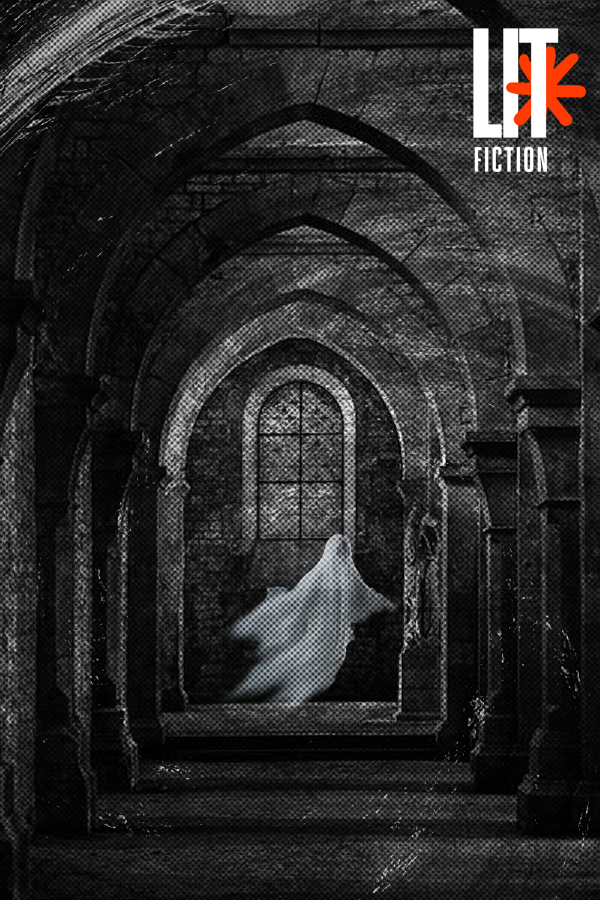This week, Joey, Colin, and Jennifer discuss: “The Canterville Ghost,” by Oscar Wilde, a Gothic parody that blends humor and the supernatural. The story follows the Otis family, who move from America to England and into Canterville Chase, a mansion haunted by Sir Simon, a ghost who has been trying to scare the inhabitants for centuries. However, the pragmatic Otis family, unphased by his haunting efforts, presents an amusing clash between the old-world ghost and modern rationality.
Our Thoughts
Joey opens the discussion with a brief summary of the plot and a question to Colin and Jennifer about famous people they would like to have dinner with. He shares that Wilde is subverting the ghost story genre while making a Gothic parody that comments on both American and British cultural differences.
“Oscar Wilde seems to be focused on making a Gothic parody, especially after books like Northanger Abbey by Jane Austen and Wuthering Heights by Emily Brontë had already proliferated in British society.”
— Joey
Jennifer finds the story unexpectedly charming and rich with humor. She also shares how she first listened to a different, more playful audio adaptation that mistakenly set the story in Grand Rapids, Michigan, making it feel closer to home. However, when she read Wilde’s original, she appreciated the quality of the writing and the balance between comedy and touching moments.
“I was really impressed with the quality of the writing, the humor that underscored so many pieces of the story. I was in the mood for a spooktacular ending, and I really wanted to suspend my critical thinking and believe that ghosts do exist.”
— Jennifer
Colin highlights how Wilde plays with the clash between superstition and rationality, a theme that runs through the story. He finds Wilde’s humor fresh, even today, and praises the balance between absurdity and meaningful character development.
“What made it a great story is that it didn’t rely exclusively on humor. Rather than escalating into the absurd, Wilde transitions into a story about redemption, forgiveness, and growth, which gives it depth.”
— Colin
Key Themes
- Old World vs. New World: Wilde humorously contrasts the old British aristocratic traditions with the pragmatic, modern American sensibility of the Otis family. The Americans’ refusal to be frightened by the ghost and their consumerism serve as a commentary on cultural differences.
- Empathy and Redemption: Through Virginia, Wilde introduces themes of compassion and forgiveness. Virginia helps Sir Simon find peace after centuries of being trapped as a restless ghost, offering him redemption.
- Supernatural Meets Rationality: Sir Simon’s attempts at haunting are thwarted by the Otis family’s rational approach and use of modern products. The twins, in particular, turn the tables by playing pranks on Sir Simon, reversing the usual roles of ghost and victim.
Conclusion
Colin, Jennifer, and Joey conclude that “The Canterville Ghost” is more than just a humorous ghost story; it carries deeper themes of redemption and the power of love. Wilde’s ability to blend Gothic elements with slapstick comedy while exploring the human condition makes the story timeless. Despite its playful tone, Wilde weaves in moments of tenderness and growth, leaving readers with much to think about beyond the humor.

